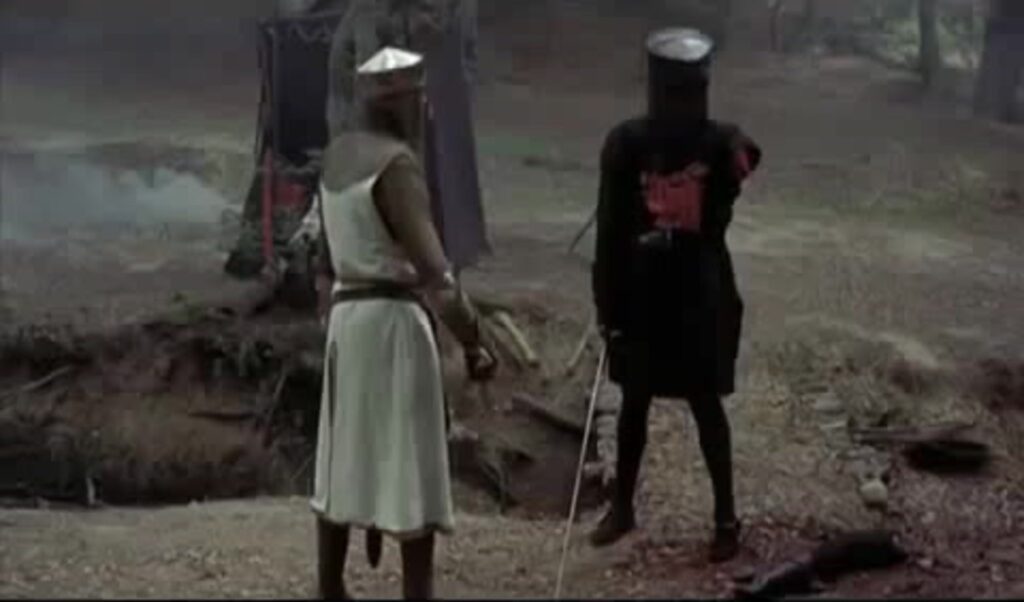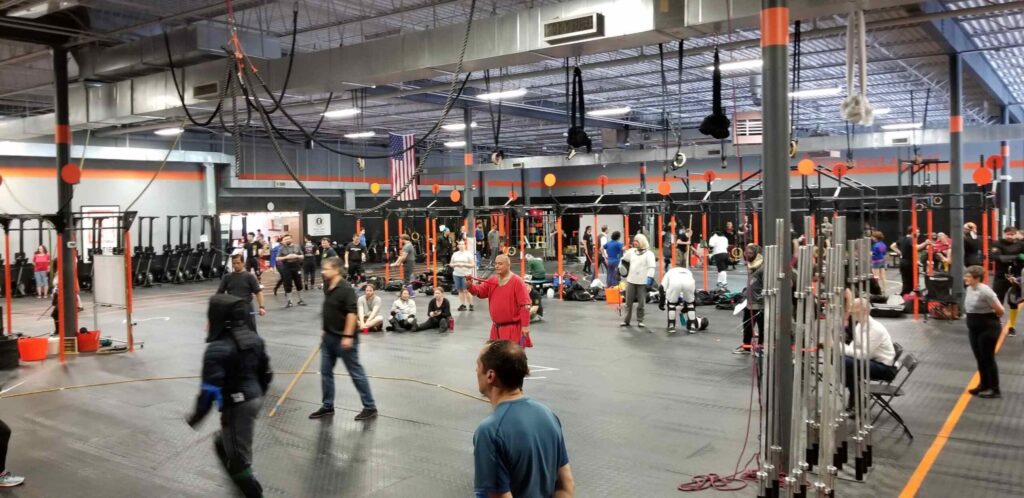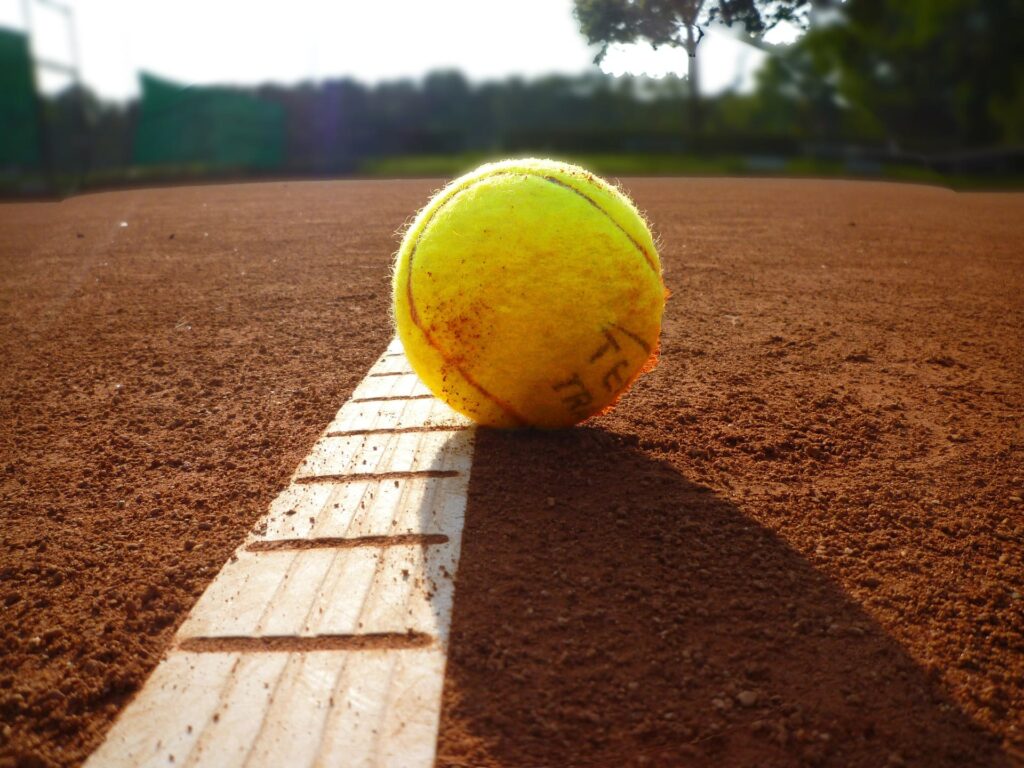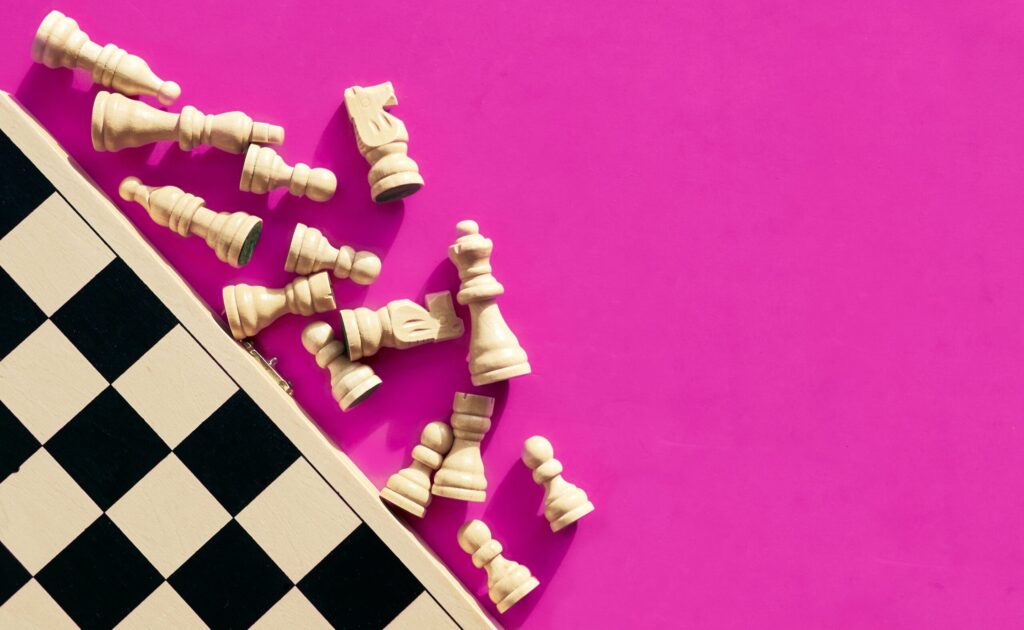‘Two Points of Confirmation’ Tournament Judging
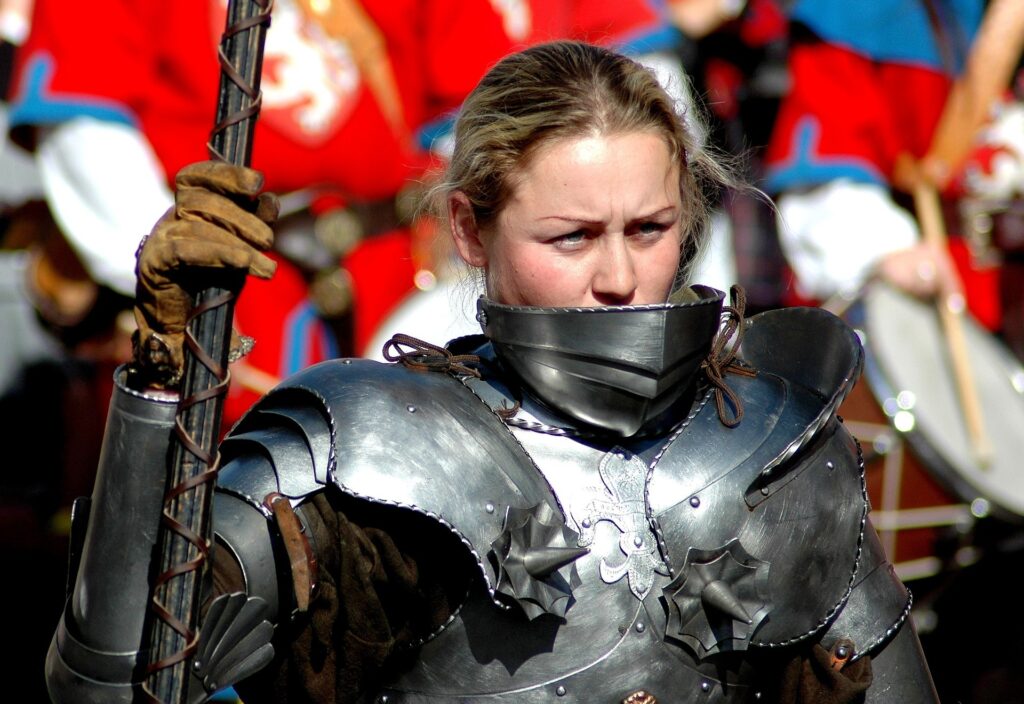
This year I have had the pleasure of being a Ring Director at three different tournaments, each using slightly different forms of blow calling standards.
- A two-judge and director system, where both judges observed both fighters. Judges and directors call hits and the director makes the final call.
- A four-judge and director system, where two judges observe hits on one fighter and two judges observe against the other. Judges and directors call hits and the director makes the final call.
- A self-calling system, where the fighters call their own hits, with two judges and the Director acting as arbiters for disagreement and the Director making the final judgment.
At Academie Duello we use self-calling whenever and wherever possible with a policy of refighting any point where there is dispute or either fighter is “dissatisfied”. The focus of our tournaments and internal sparring is on good martial technique and a less “winning” oriented environment.
The Need for Third-party Judging
Self-calling of blows has the challenge of being more difficult to implement when groups with different cultures interact and when there is more on the line (i.e., big prizes or social payoffs). In these situations there is benefit to taking burden off of the fighters who may feel incentivized not to call hits, or simply might be more adrenalized and less capable of being observant of when they are struck (even more common if you’re wearing a lot of protective gear).
The main goals of a judging system in my opinion are to:
- Be as accurate as possible.
- Have fighters feel that the calling was fair.
- Have the audience believe that the calling was fair.
In self-calling there is room for abuse on the part of the fighters (not calling hits). In judged tournaments some types of valid martial hits (like thrusts) are often missed by the judges because they’re difficult to see. In both cases fighters and audience members can leave feeling that the results were unfair.
The Best of Both Worlds
At Lord Baltimore’s Challenge this past June, I had the leeway to implement a Directing and Judging approach (within their rules) that I felt brought in merits of both of these systems by:
- Allowing hits to be called by the Director, Judges, or the fighter who is struck.
- Requiring two points of confirmation for any valid hit (between judges, director, and struck fighter).
- Allowing (and expecting) the fighter who delivered the blow to call back their own hit if it was invalid/of poor quality.
- Having the Director call the final outcome out loud, including:
- The fighter and target that were struck.
- What swordplay actions happened before the strike.
- The resulting points and technical merits.
Though this system requires that Directors be able to observe and describe sword fighting actions, when they do so, and the observations of fighters and judges are included, the accuracy and satisfaction with the calls was noticeably increased. What follows is a more detailed breakdown of the responsibilities and guidelines for this approach.
Ring Director’s Responsibilities
- Observe the fighting for safety concerns and compliance to the rules. “Halt!” the fighting when a hit is scored, when a judge calls “Hit!”, or a rules infraction or safety concern occurs. As with a judge, the Director will stop a fight based on their own direct observation of contact of a hit. They will not infer (see the guideline for this in the Judge’s Responsibilities section).
- To identify any hits with the assistance of the judges and fighters based on the two points of confirmation guideline (below).
- To describe the hit and any action that preceded that hit to the fighters, judges, and table, “Blue made a cut toward the head of Red, Red parried that cut and then responded with a thrust that struck Blue in the face.”
- To identify the technical merits and point value of any hits and report them to the table.
- To start and recommence fighting.
- To end the bout at maximum points or when time has run out.
Judge’s Responsibilities
- To observe and call “hit” when a valid blow has been struck against a fighter. Judges should only call “hit” if they can observe the blow making contact. They should not infer that contact was made (i.e. if a fighter’s body obscures the blade striking the target, but it seems like it “should have”, the judge should not call it).
- To indicate the “hit” based on the conventions of the tournament. This often involves pointing a baton, that matches the color of the fighter who delivered the blow, at the target that was struck on their own body. It can also involve indicating the type of hit by indicating with the baton’s point (thrust) or side (cut).
- To indicate technical merit based on the conventions of the tournament.
- To be available for consultation of the Director.
Guideline for Calling A Blow
A blow is valid if there are at least two points of confirmed observation. Meaning that at least two people agree that they directly observed the hit. Valid observers are:
- The Director
- The Judges
- The fighter who has been struck.
The fighter who has delivered the blow may only negate the blow, they cannot confirm it.
- The striking fighter can offer, independently or upon conference with the Director, to “call back” their hit. This usually occurs if they believe it was miscalled or they believe it to be of poor quality.
- Fighters should be encouraged to do this liberally and seek to demand of themselves to deliver clear and well controlled, high quality strikes.
Some (but not all) example scenarios for a valid hit could be:
- The Director sees a hit, halts fighting, and one judge confirms the observed hit.
- A judge sees a hit, calls “hit!”, the Director halts fighting and a second judge or the Director confirms that hit.
- The Director sees a hit and halts fighting. No judges confirm. The director then asks the struck fighter if they concur with the Director’s observation. If they do, the hit is called.
- A judge calls “hit!”. The Director halts fighting. The Director and the other judge(s) cannot confirm. The director then asks the struck fighter if they concur with the Judge’s observation. If they do, the hit is called.
- A fighter calls “hit!” when they are struck. The Director halts fighting. If a judge or the Director confirm the hit, then it is called. If there is no other confirmation then there is no hit, and fighting is recommenced.
Contesting a Hit
If the Director believes that a hit called by two or more judges was invalid (i.e. not struck, or of poor quality, or against the rules) they can invite the fighter who delivered the blow to call it back. Best practice: call both fighters in, ask them what happened. Director then shares their own observation and invites the fighters to make a resolution. If it cannot be quickly resolved then the judge’s call stands.
If a fighter, upon hearing the call of the Director, disagrees, they may contest. The Director calls the fighters in. Asks them what they believe happened. The fighter who delivered the blow may call it back. If it cannot be quickly resolved the call stands.
Approaching Satisfaction
This approach involved the fighters in an efficient fashion and received very positive reviews from all involved both in the arena and on the sidelines. It was not infallible. Any system of blow calling that relies on human observation will have its challenges. Involving the fighters on the fly most certainly increased the accuracy and the overall satisfaction of the fighters, it also eliminated much after-bout grumbling.
I hope this guideline will be useful for other groups as they work both on their rules as well as the training of their directors and judges.
Devon

